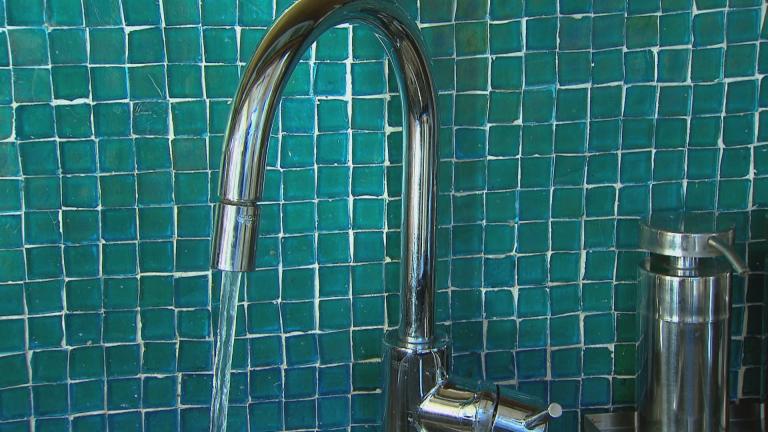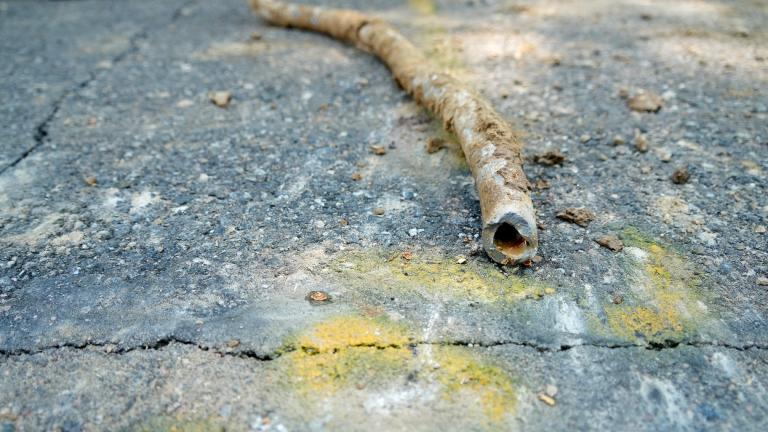One in 20 tap water samples taken from thousands of Chicagoans found lead levels at or above federal limits, according to a recent analysis by the Guardian.
It also found that nine of the top 10 ZIP codes with the largest percentages of high test results were in neighborhoods with majority Black and Latino residents.
Taylor Moore, one of the reporters of the story, said one reason for this disparity can be linked to the prevalence of lead pipes in older homes, particularly those built before 1986. Until that year, there was a requirement for Chicago homes to be connected with lead pipes to the city’s water system.
The analysis took about 24,000 tests from Chicagoans from March 2016 to mid-year 2021 and found that about 1,000 detected lead levels above the federal limit of 15ppb. About one in three tests had lead levels above the limit for bottled water of 5ppb. And 28% of tests detected less than 1 ppb.
The Environmental Protection Agency’s “action level” for lead is 15 ppb. Cities should perform actions like public education and lead service line replacement if 10% of the samples from homes have water concentrations that are greater than the action level.
There is no safe level of lead exposure, according to federal officials. The neurotoxin can be especially harmful to children and pregnant people.
The Chicago Department of Water Management said in a statement, in part, that “The Chicago Department of Water Management (DWM) offers one of the largest free lead testing programs in the world and voluntarily shares the results online to keep residents informed in addition to sending individual results directly to each resident that completes a kit.”
Mayor Lori Lightfoot unveiled a plan to replace the lead service lines responsible for contaminating Chicagoan’s tap water two years ago, however city crews have replaced less than one-half of 1% of the approximately 400,000 of those lines.








